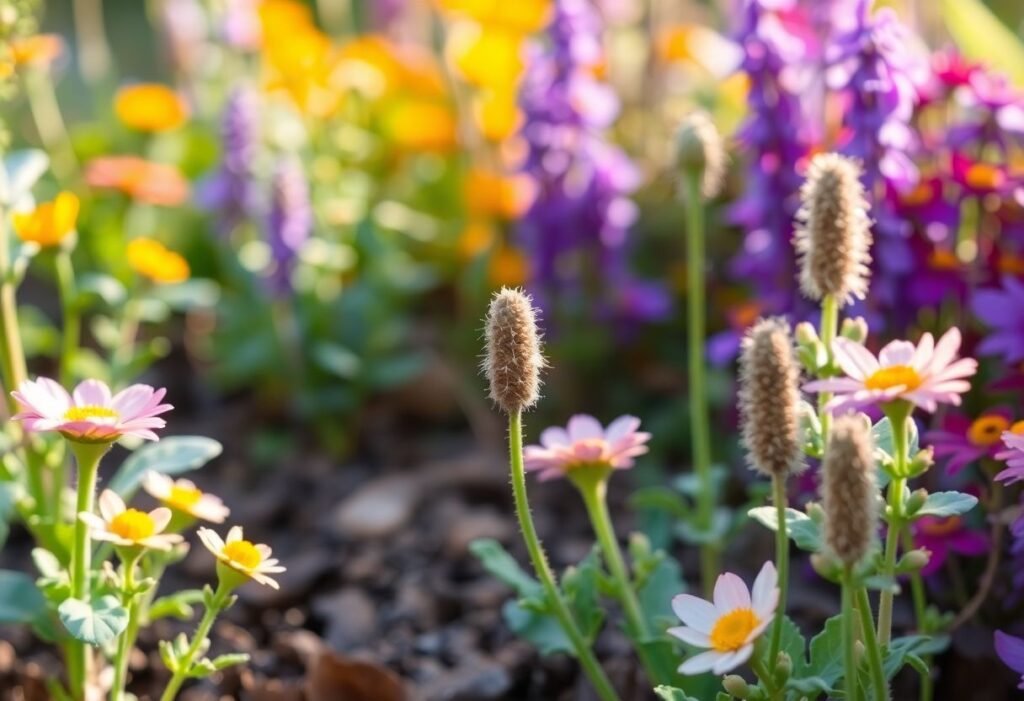Embracing Different Senses in the Garden
Sensory gardening revolves around engaging all five senses: sight, sound, touch, smell, and taste. Let’s start with the most crucial, which is sight. It’s essential to introduce a variety of plants in diverse colors into your garden. Flowering plants like lavender or daisies not only delight the eye but also attract pollinators. Additionally, colorful pots can add a unique touch to the entire project. Don’t forget about the shape and texture of leaves, which also influence how we perceive our garden.
The Sounds of Nature: A Summer Symphony
A garden is not only a visual experience but also a remarkable auditory journey. You can create a harmonious space where the sounds of nature play a leading role. Consider installing wind chimes that emit melodies in the gentle breeze. The rustle of leaves and the chirping of birds will create an atmosphere of relaxation and harmony.
Feel the Touch of Diverse Textures
When thinking of a sensory garden, we cannot overlook the essence of touch. Different plant textures can be incredibly inviting. Soft-leaved plants, such as mint or thyme, beckon you to touch them, while larger plants like ferns bring a more rugged structure. Creating a pathway using natural materials like stones or wood will also enhance tactile experiences.
The Enchanting Scents of the Garden
We cannot forget about smell. Aromatic plants are an integral part of a sensory garden. Beyond lavender, you should also consider roses with their captivating fragrances. To enhance scents further, add decorative plants like jasmine that release potent aromas in the evening.
A Garden for the Taste Buds
Crafting a sensory garden is also a wonderful opportunity to grow plants that will tantalize your taste buds. Collect herbs like basil, parsley, or oregano, and even fruiting plants like strawberries or blueberries. Not only do they bring aesthetic value, but you will also get to relish your homegrown harvests.
Creating Relaxation Spaces
It’s no secret that connecting with nature has a profound impact on our mental well-being. While planning your sensory garden, consider creating relaxation zones where you can sit amidst the plants. Garden furniture surrounded by blooms and fragrant plants can be the perfect retreat after a long day.
Encouragement for Activity
Designing a sensory garden is also a great way to expand our horizons. By introducing elements of play, such as walking paths or play areas for children, you’ll create a space that is not only visually appealing but also inspires activity. Additionally, sensory gardens are fantastic venues for meditation and yoga.
Conclusion
Creating a sensory garden is a wonderful opportunity to build a welcoming space where we can enjoy the beauty of nature. Engaging different senses enhances our experiences with everyday life. Remember, each garden is unique and should reflect who we are. Unleash your creativity and craft a space that becomes your personal paradise.
Disclaimer
This article is for informational purposes only and does not constitute professional advice. It is recommended to consult an expert before undertaking any garden projects.

















